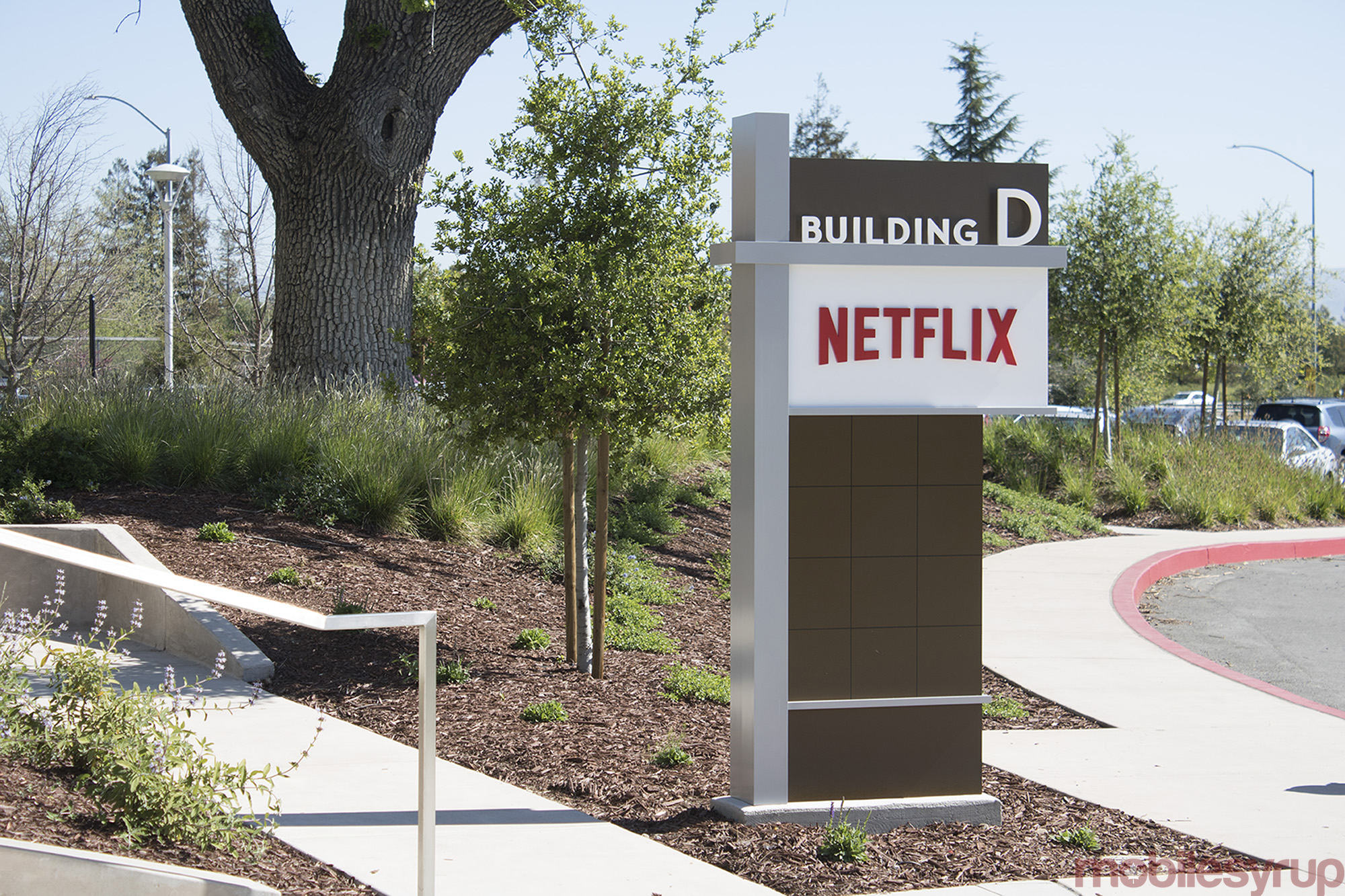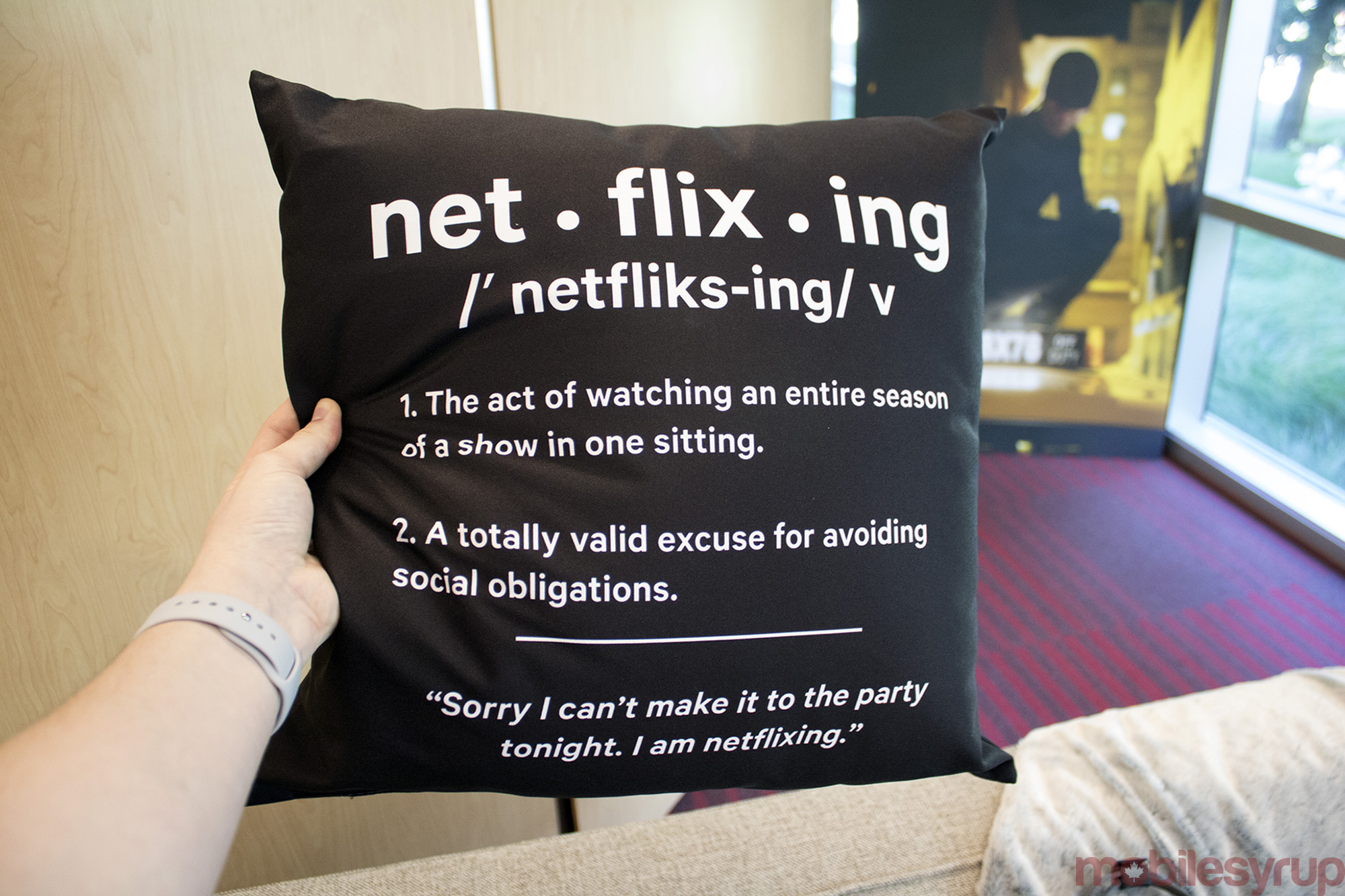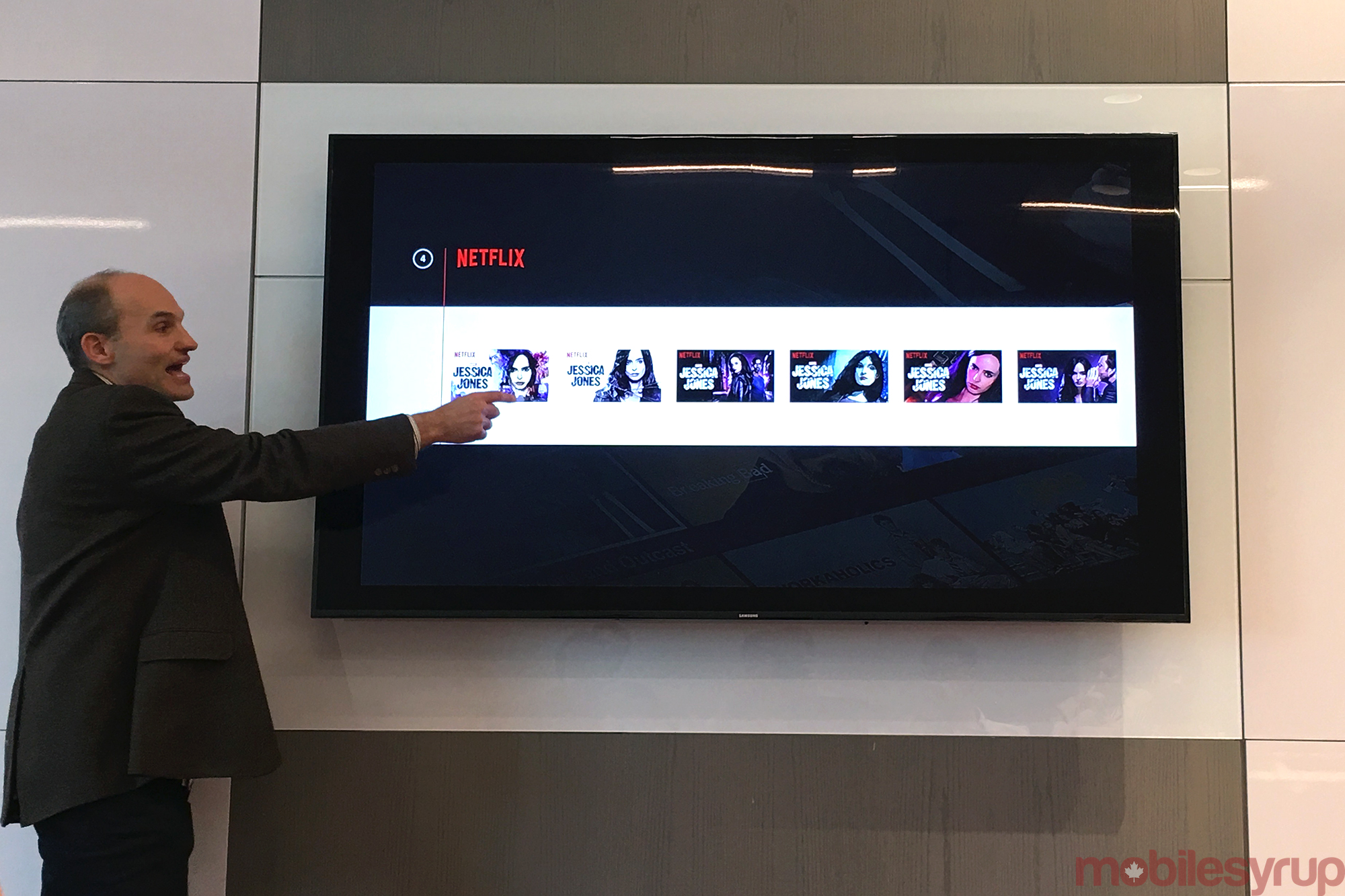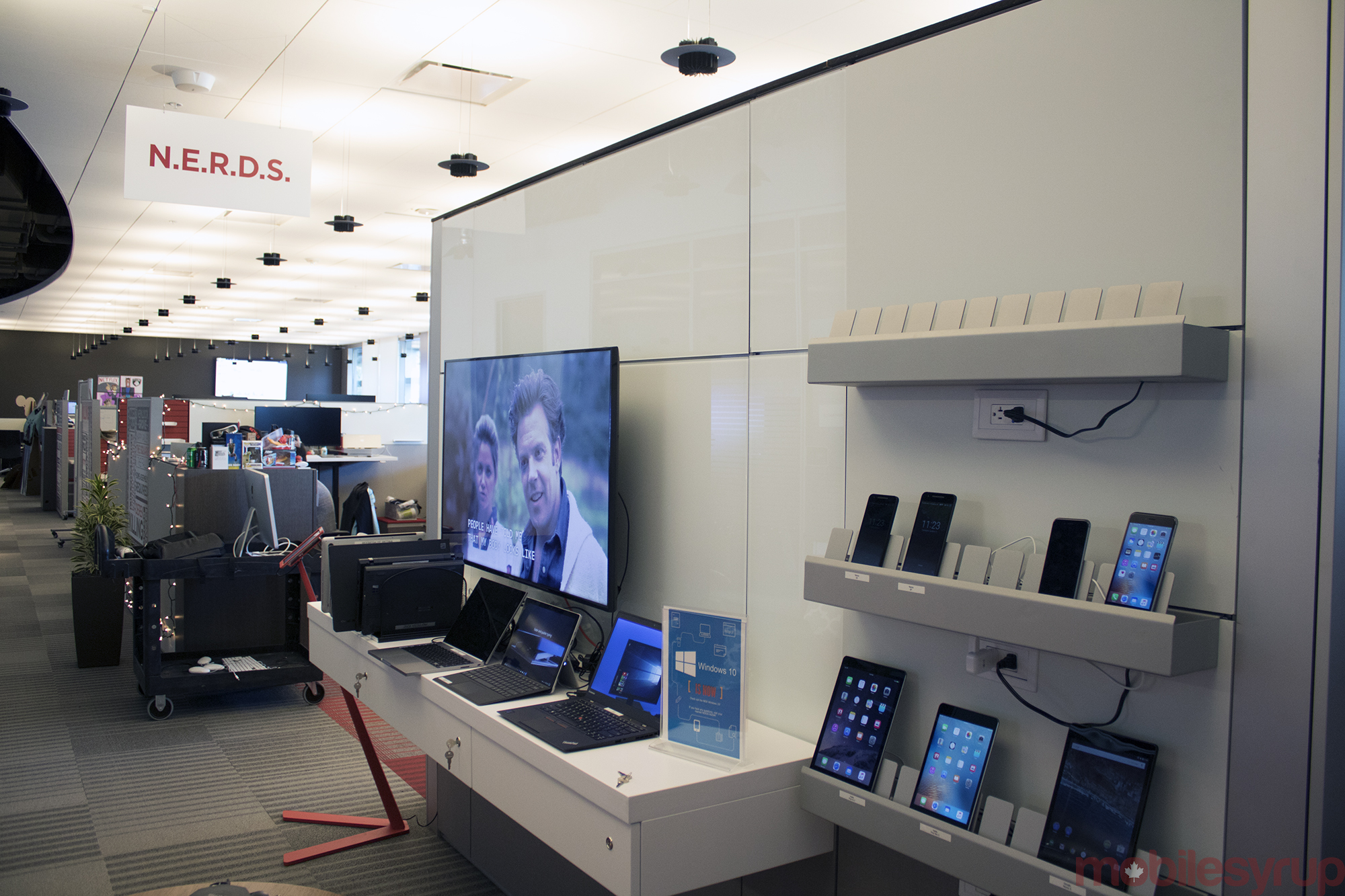
You just finished an episode of the Judd Apatow-produced Love, and are looking for more Netflix content to consume. Specifically, you’re hunting for a television show or movie that’s similar to the show you just shook your addiction to, but still a little different.
Then, through the invisible magic of Netflix’s recommendation system, the platform suggests you check out Aziz Ansari’s Master of None, another dark Netflix original in the same vein as Love, encouraging you to remain locked to the couch for yet another four hours bingeing on Netflix.
It’s almost unsettling how accurate Netflix’s recommendation system is at times, reminding some of that friend who knows your likes, dislikes and guilty pleasures a little too well.

Beyond Netflix’s content catalogue, what separates the platform’s recommendation system from U.S. competitors like Hulu, as well as Canadian services like CraveTV and shomi, is the unique way it recommends content users should watch next. Instead of suggesting a television show or movie based on a regional model like competing services, Netflix analyzes the type of videos its customers enjoy watching, and then pairs that particular subscriber with other users around the world in groups. Netflix calls these “clusters,” referring to titles in its library organically related based on user taste.
“Netflix has thousands of items in its catalogue. It’s great to have that choice, but we don’t want it to be overwhelming… The average Netflix member only looks at 40 titles during any given visit.” said Todd Yellin, Netflix’s vice president of product innovation, during an interview with MobileSyrup at Netflix’s head office in Los Gatos, California, emphasizing that the service has a “heavy responsibility” when it comes to pushing appropriate titles to the top of the platform’s user interface.
“If we were just basing it on popularity, it would be pretty simple. It’s no surprise Daredevil is going to be hugely popular… But if we just put the most popular things in front for everyone, we’ve proven time and and time again that we’d lose a large percentage of our member base, and a large percentage of the hours users spend watching Netflix,” said Yellin.

The unique approach Netflix takes to content suggestions allows for more personalization than systems utilized by other streaming services, tapping into the platform’s massive reach, which now consists of 130 geographical regions as a result of the company’s global expansion in January. Netflix describes its new cluster-based content suggestions as one of its primary differentiating features, as well as a system the company has been progressively working towards since launching in Canada back in 2010.
“With people around the world, what we do is we figure out based on what they’re watching, what few clusters, maybe three or five clusters, best fit what they watch, and then each cluster gets weighted depending on how much that cluster tends to match their taste,” said Yellin.
“We do this with the mountain of data at our disposal,” explained Yellin, who also mentioned during the presentation that subscriber viewing data is kept private and only used for internal purposes at Netflix. “We know what time of day someone watches a piece of content. We know the day of week they watch the content. We know if they watch two minutes of the piece of content and abandoned it, or if they watched seven episodes in a row,” said Yellin.

According to Yellin, the service believes that placing stock on one user variable over another is key to creating a recommendation system that works for both subscribers and Netflix. For example, Netflix places varied weight on content a user watched yesterday, versus a television show they watched six months ago, or even two years ago, adapting to the subscribers evolving taste.
“How important is day of the week? Is that like ‘heh,’ that kind of stuff that goes in the garbage heap? Or is it really important to know that they watched that stuff on a Tuesday?” said Yellin.
Netflix says that part of the magic powering its recommendation system intentionally goes down behind the scenes in order to prevent competitors from mimicking its algorithms. According to Yellin, over the years, services borrowing Netflix’s marquee features is a fact the service has repeatedly dealt with, though he does mention the company’s tech-focused blog discusses many aspects of the technical side of Netflix’s operations.

Netflix’s recommendation algorithm is also constantly evolving. For example, prior to the service’s global launch, its suggestion algorithm operated on a regional basis. Following the company’s global expansion, however, Yellin says the service widened the scope of this system, nixing the regional silo mentality it utilized for years.
This shift was in part done out of necessity, but also in order to improve the accuracy of Netflix’s recommendations. For example, if Netflix stuck with a regional model, when launching in a new geographical area, the service’s first users would now be able to view any recommendations.
“What we’ve learned over time, and this is something people often don’t understand, is there is superficial knowledge that you can know about a user. Geography, age and gender, we put that in the garbage heap. Where you live is really not that important,” said Yellin.

Yellin also dismisses the concept of preconceived regional stereotypes. According to Netflix’s data, and contrary to what some people may believe, all people living in Columbia, or any of the other countries Netflix is currently available in, do not share the same taste in content. For example, Yellin says that the 15 Netflix users with tastes similar to his own are present in Thailand, India and the United Kingdom, rather than his home country of the United States.
At Netflix’s demo day in March, Yellin showed off an in-house visual representation of this concept. Any Netflix user’s email could be entered into an experimental in-house form, and then the top 15 users from around the world, with the similar taste in content, were instantly displayed on the screen.
“In a video store they would put up a wall, and the wall would be the most popular content because when different people walk in, they can’t change the store every time,” said Yellin comparing most services’ recommendation systems to that of an old school video store. “Anime, for example, is a very specific aesthetic, and some people love it and some people can’t stand it. But a big video store, unless it’s in Japan, where a wall is filled with it, any other place else in the world, you wouldn’t see any on that wall. This forces users to look around and find it in that store on some dusty shelf at the back.”

Netflix says that it found that while the popularity of anime might be concentrated in Japan, only 10 percent of that particular type of content’s audience is present in the region, with the other 90 percent strewn across the world.
“To get that piece of anime in front of the right person, who’s sitting in Vancouver, or who’s sitting in Mexico City, to get that in front of them, we have to know their taste,” said Yellin.
“If you watched romantic comedies, years ago we would have over-exploited that. You hit romantic comedy and the whole top of your screen would be romantic comedies; not a lot of variety,” said Yellin, expanding on how Netflix’s content suggestion system operated when the service first launched. Today, the way Netflix’s recommendation algorithm comes to the conclusion that because you enjoyed Love, you’ll also probably like Master of None, is a very different process that seems to be constantly evolving.

“You want to partially exploit a signal and partially explore other kinds of content someone will like. Diversity is built into our algorithm. If you look at your experience, mine or anyone else’s, you’re not going to see all one kind of content.”
Related reading: Netflix CEO Reed Hastings says blocking region-switching proxy services is ‘the maturation of Internet TV’


